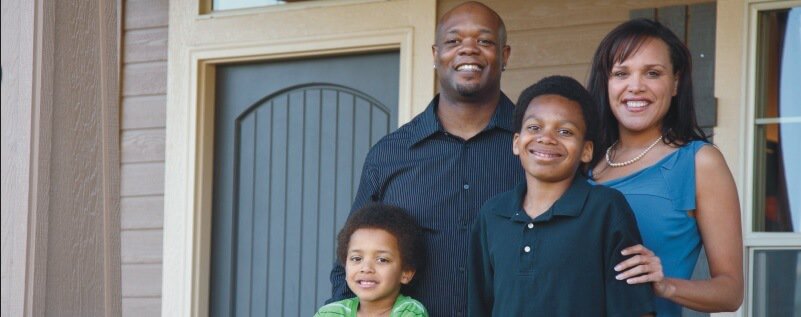Black homeownership is more than 7 percentage points below its peak, achieved in 2004, of just under 50 percent.
Today’s post notes the State of Housing in Black America report, compiled in 2018 by the National Association of Real Estate Brokers (NARAB) – the national-level Black real estate professional trade association. The state, according to the analysis, is “distressing.” Among the major findings:
- Black homeownership is more than seven percentage points below its peak, achieved in 2004, of just under 50 percent. This indicates that all gains for Blacks in homeownership since the passage of the 1968 Fair Housing Act have been lost.
- Today’s homeownership rate of 42 percent compares with a national average of 72 percent for non-Hispanic White ownership. In Minnesota, the numbers are 41 percent and 77 percent respectively – the third-highest statewide gap in the country.
- For Black applicants, overall denial rates for home-purchase loans were double those of non-Hispanic White applicants (18 percent vs. 9 percent). Among other factors, reliance on traditional credit scores in making loan approval/denial decisions has a much greater negative impact on Black households than on non-Hispanic White households.
These statistics matter – to all of us. They are an indicator of community health and economic well-being. The Minnesota Homeownership Center believes we can, and must, do better.
As has been mentioned in this blog before, the Center’s Homeownership Opportunity Alliance initiative is working to increase access to successful and sustainable homeownership among Minnesota’s households of color. Our research with the Minnesota Housing Finance Agency has identified 64,000 existing households of color that are in a position to become homeowners today. Our work is aimed at debunking the myths that keep people from seriously considering homeownership, and increasing access to free resources and advisory services that can assist potential home buyers in making the best decisions for their unique household circumstances. We believe that this work will contribute to lowering the ownership gap in Minnesota in coming years, thereby improving quality of life for households of color and the greater community at large.
The full NARAB report is available here.
